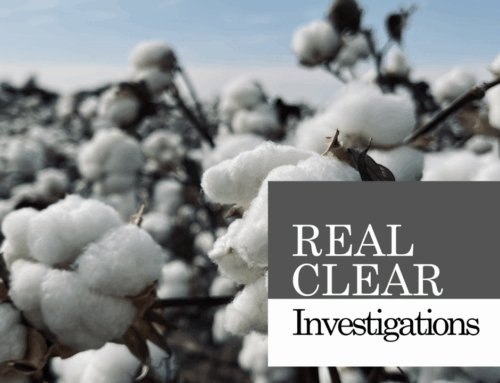The U.S. Department of Agriculture (USDA) continues outdated, depression-era farm subsidy policies that funnel billions of dollars to corporate agribusiness, force family farmers off the land, and undermine U.S. international trade negotiations. According to a recent report, under current farm policy, “major agribusinesses have thrived, while aggregate US exports remained flat, and farmer income from the marketplace declined dramatically.”1 With the next farm bill due to be written this year, now is the time for a major overhaul of U.S. farm policy.
Farm Subsidies Cost Taxpayers Billions
Facing long-term budget deficits, it is time for Congress to restrain out-of-control farm subsidy spending.
- Between 1995 and 2005 federal subsidy payments totaled more than $164 billion.2
- Since 1998, farm payments have increased from a $7 billion to a $15 billion annual average, with several years spiking above the $20 billion mark.3
- The total cost of the 2002 farm bill, including ad hoc disaster payments, will be close to $100 billion.
Farm policy has become the nation’s largest ongoing corporate welfare program that overwhelmingly benefits the largest, richest corporate operations.
- Only one-third of America’s farmers collect farm payments.4 Farmers who grow our fruits, nuts, livestock and other foods instead of one of the “right” 15 program crops, receive nothing and compete in the marketplace without government checks.
- According to the USDA, 8 percent of producers receive 78 percent of the subsidies.5
- Of those receiving payments, 80 percent get less than $8,000 per year, while the remaining 20 percent get more than $260,000 per year, on average.6
- Since 1995 the top one percent or recipients received more than $39 billion, with three entities taking in over $100 million each.7
- In 2003, median wealth of farm households ($416,250) was five times the estimated median wealth of all U.S. households ($89,578), according to USDA.8
Subsidies Hurt Family Farms and the Rural Economy
Advocates claim subsidies are necessary to keep farmers on the land and spur economic development in the rural economy. However, the current system of subsidies is putting many farmers out of business and spurring agriculture consolidation. Subsidy payments are tied to production and historic acreage levels. This encourages the very overproduction that drives prices down and triggers subsidy payments in the first place. This cycle means the largest, most profitable farms are rewarded with government checks, which they use to buy up more farms so they can receive even more subsidies.
- Corporate consolidation has led to a dramatic loss of farms. In 1950 there were 5.5 million farms in the U.S. Currently, only 2 million remain. Farmland in production, however, has remained constant.9
- Large operations receive the bulk of farm payments but comprise only 10 percent of U.S. farms, and they control 32 percent of farmland and 67 percent of production.10
- Farmers make up less than 2 percent of the US population and agriculture accounts for less than 1 percent of GDP. Farms that once averaged nearly 200 acres now average close to 500 acres per farm.11
Farm Subsidies Threaten International Trade Agreements
- Nearly half of our wheat and rice crops are exported; about one-third of soybean, tobacco and cotton production is shipped overseas; and 20 percent of the corn crop is exported.12
- According to USDA's Economic Research Service, every dollar of exports creates another $1.48 in supporting activities. This means that agricultural exports, which reached a record $62.4 billion in 2005, will generate an additional $92 billion in supporting business activities.13
- In June, 2004, the World Trade Organization found U.S. cotton subsidies in violation of international agreements. The ruling—though restricted to cotton—has far reaching implications for all commodity crops.
For more infomration, please call us at (202) 546-8500, or email us at this link.
1 Daryll E. Ray, “Rethinking US Agricultural Policy: Changing Course to Secure Farmer Livelihoods Worldwide.” Agriculture
Policy Analysis Center, The University of Tennessee.
2 Based on USDA statistics provided by the Environmental Working Group available at http://www.ewg.org/farm/.
5 Quaid, Libby “Ag Secretary Says Subsidies Need Limits”, Washington Post Feb. 10th, 2005.
8 USDA, “Farm Household Economics and Well-Being: Assets, Debt, and Wealth,” http:///F:/Ag%20Reform%20Project/Farm%20Bill%20Info%20Docs/farmnetworth.htm accessed 4/14/07.
11 Robert A. Hoppe and David E. Banker USDA Economic Research Service Economic Information Bulletin No. (EIB-12) 51 pp, May 2006.
12 USDA, “The Importance of Agricultural Trade”, http://www.fas.usda.gov/info/factsheets/tradevalue.asp










